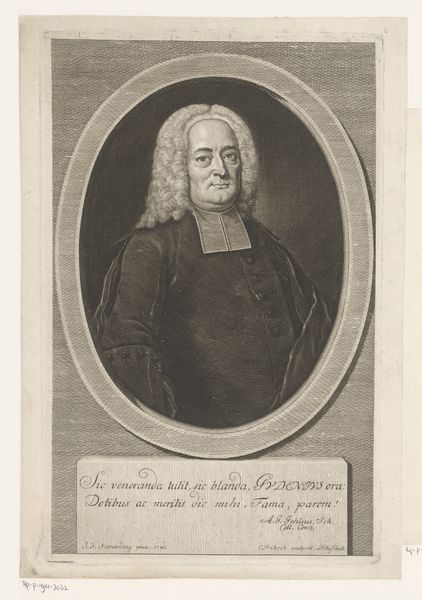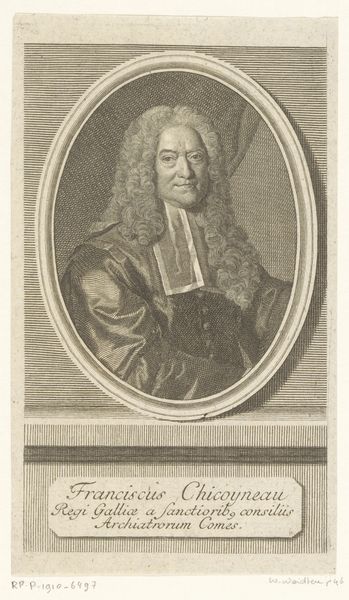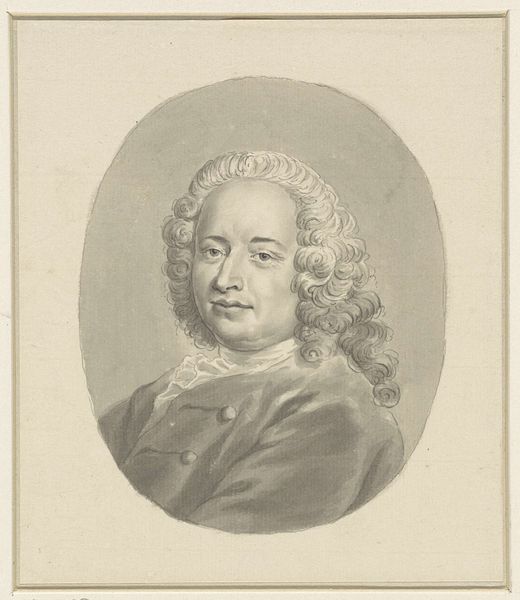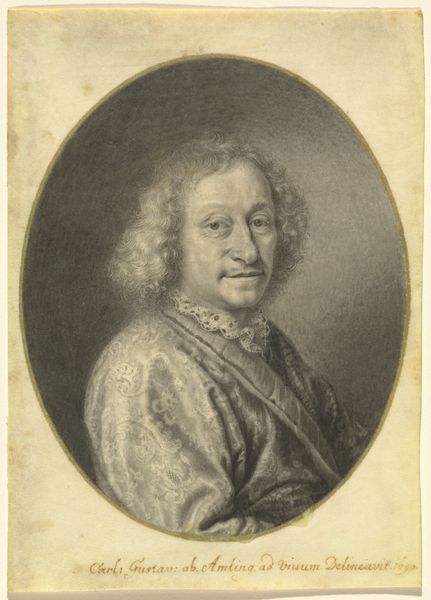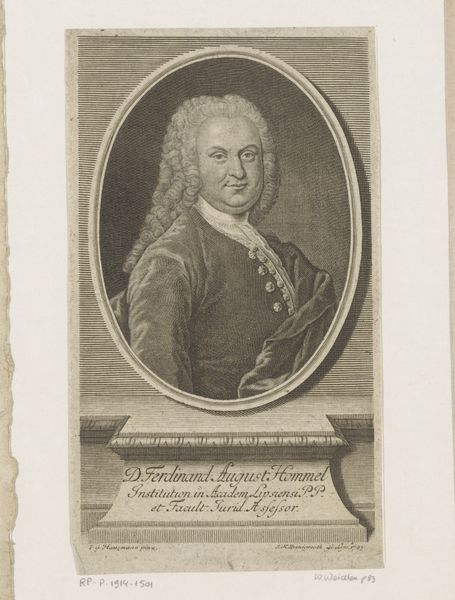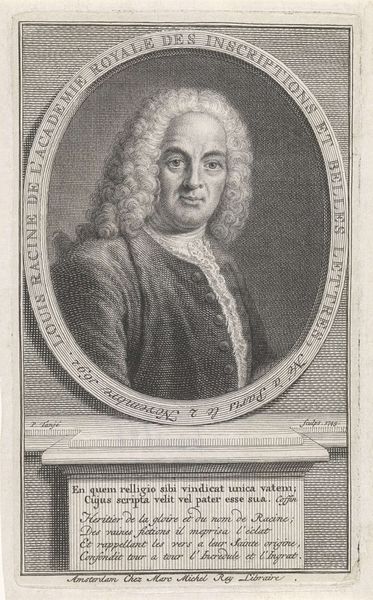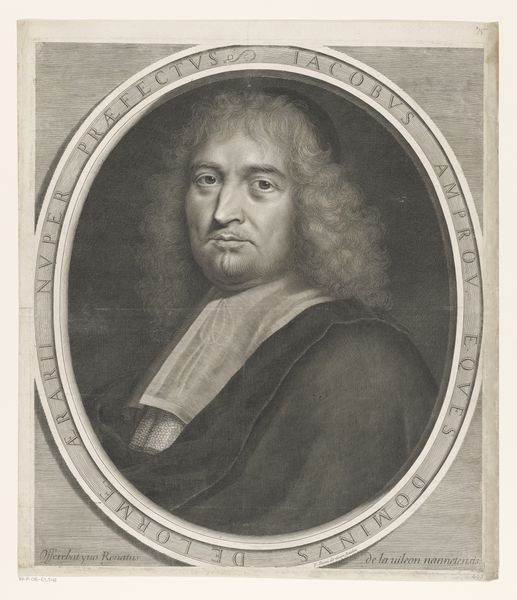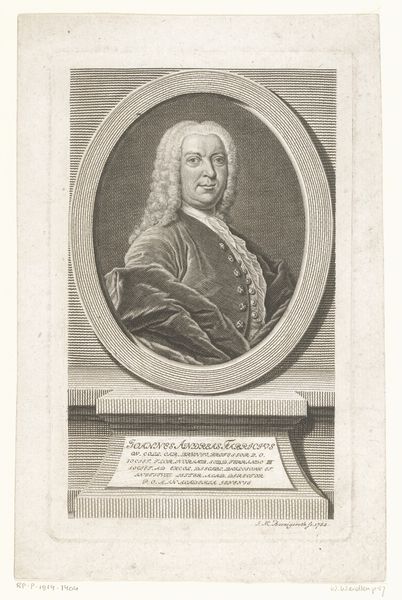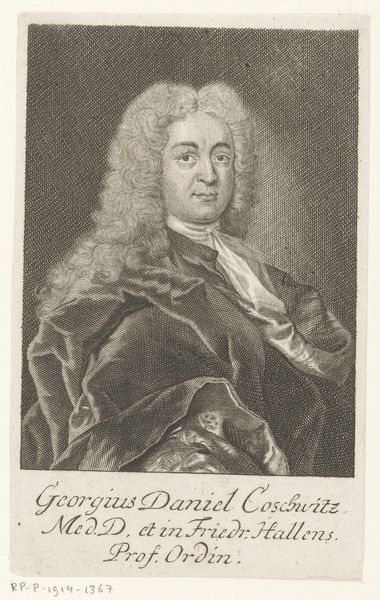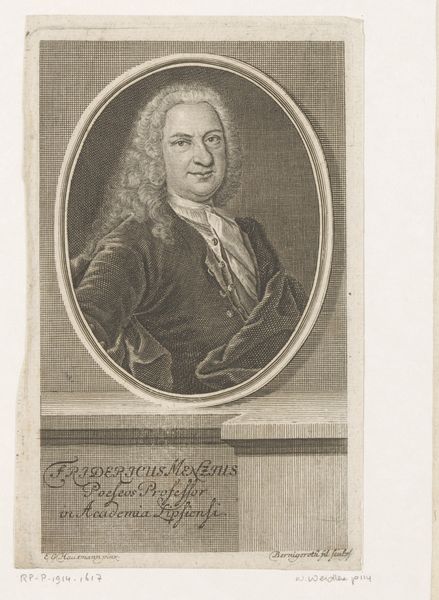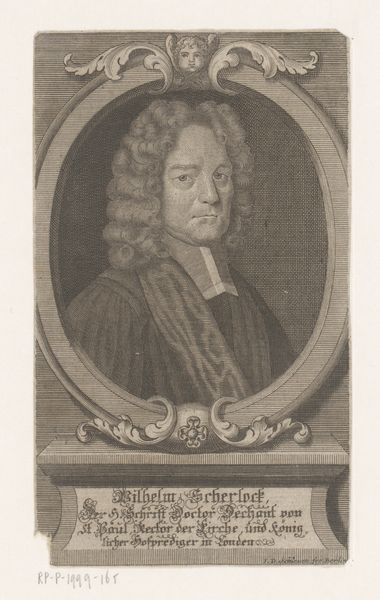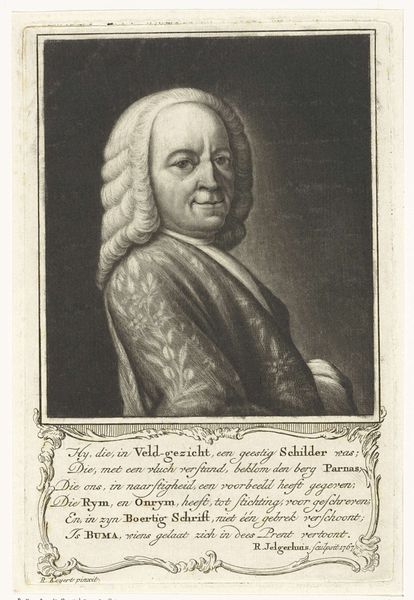
print, engraving
# print
#
history-painting
#
engraving
Dimensions: plate: 25 x 21 cm (9 13/16 x 8 1/4 in.) sheet: 31.5 x 26.7 cm (12 3/8 x 10 1/2 in.)
Copyright: National Gallery of Art: CC0 1.0
Curator: What strikes me immediately about this engraving of Voltaire is his expression, which suggests so much sly intelligence and… world-weariness. I bet he’s about to drop a truth bomb on someone. Editor: That’s a fascinating take. What you are picking up, I suspect, is precisely why Pierre Michel Alix chose to create this print in 1791. We often view Voltaire as the quintessential Enlightenment philosopher—Alix’s image seems calculated to project an air of intellectual authority. It's not merely a portrait, it's an endorsement of a revolutionary agenda through the appeal to a respected elder. Curator: Absolutely! But Alix also captures a palpable human element. It's not just the revolutionary fervor, but the personal… dare I say, mischievous wisdom accumulated through living a passionate and defiant life. It’s in the little crinkles around his eyes, the way his lips barely hint at a smile. I wonder if his fluffy collar here is designed to suggest some level of intellectual coziness? Editor: Ah, the sartorial analysis. The fur collar serves multiple purposes: status, warmth, and perhaps an interesting comment on performativity of power. Voltaire challenged religious dogma, aristocratic privilege and monarchical authority – to challenge the fabric of society requires a strong persona and a recognizable brand, a curated image if you will. Even if, ironically, the original context of Enlightenment has given way to contemporary questions of identity and subjectivity, Voltaire endures, but this particular visual branding invites us to critically unpack the ways that we valorize historical figures as icons and use their intellectual heft to shape new political struggles. Curator: You’ve given me something to ponder about Voltaire as a brand! Alix's skillful rendering definitely adds to it—the soft modelling of the face contrasts wonderfully with the intricate detailing of his wig. You feel his rebellious and iconoclastic energy, yes, but in such a polished and contained form, so very, very civilized. It hints at the inherent paradoxes of revolution, I think, how something raw gets molded into iconography, even commodified. Editor: It also echoes the French Revolution’s appropriation of Enlightenment ideals—the tension between philosophical concepts and practical realities, the space between theory and implementation in which Alix has firmly positioned his rendering of Voltaire as more than just an image. It's an artifact reflecting its tumultuous moment, and simultaneously speaks to our contemporary issues with visual representation in public consciousness. It leaves me wondering if Alix might have foreseen just how pervasive that dynamic was to become.
Comments
No comments
Be the first to comment and join the conversation on the ultimate creative platform.
